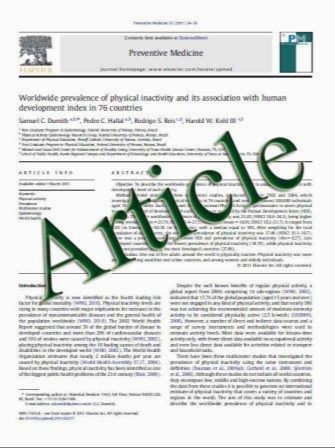The association of hs-CRP with fasting and postprandial plasma lipids in patients with type 2 diabetes is disrupted by dietary monounsaturated fatty acids
- نوع فایل : کتاب
- زبان : انگلیسی
- مؤلف : L. Bozzetto C. De Natale L. Di Capua G. Della Corte L. Patti S. Maione G. Riccardi A. A. Rivellese G. Annuzzi
- چاپ و سال / کشور: 2011
Description
The aim of the study was to evaluate whether two dietary approaches recommended for diabetes mellitus and cardiovascular prevention—high-MUFA or complex carbohydrates/fiber—differently influence inflammation. A 4-week crossover study in 12 individuals with type 2 diabetes was performed. Fasting and postprandial hs-CRP plasma levels were not significantly different after a highcarbohydrate/ high-fiber/low-glycemic index (CHO/fiber) and a high-MUFA diet. Compared with fasting, hs-CRP levels decreased significantly after the MUFA but not after the CHO/fiber meal. Triglyceride-rich lipoproteins were significantly lower after the CHO/fiber than the MUFA diet. At fasting and postprandially, hs-CRP correlated with triglyceride in whole plasma, chylomicrons, small and large VLDL after the CHO/fiber but not after the MUFA diet. In conclusion, a MUFA-rich diet and a carbohydrate/ fiber-rich diet induced similar effects on plasma hs-CRP concentrations. However, these dietary approaches seem to influence hs-CRP levels through different mechanisms. i.e., direct acute postprandial effects by MUFA and triglyceride- rich lipoproteins mediated effects by CHO/fiber.
Received: 16 May 2011 / Accepted: 29 July 2011 Springer-Verlag 2011 Acta Diabetol DOI 10.1007/s00592-011-0318-5


